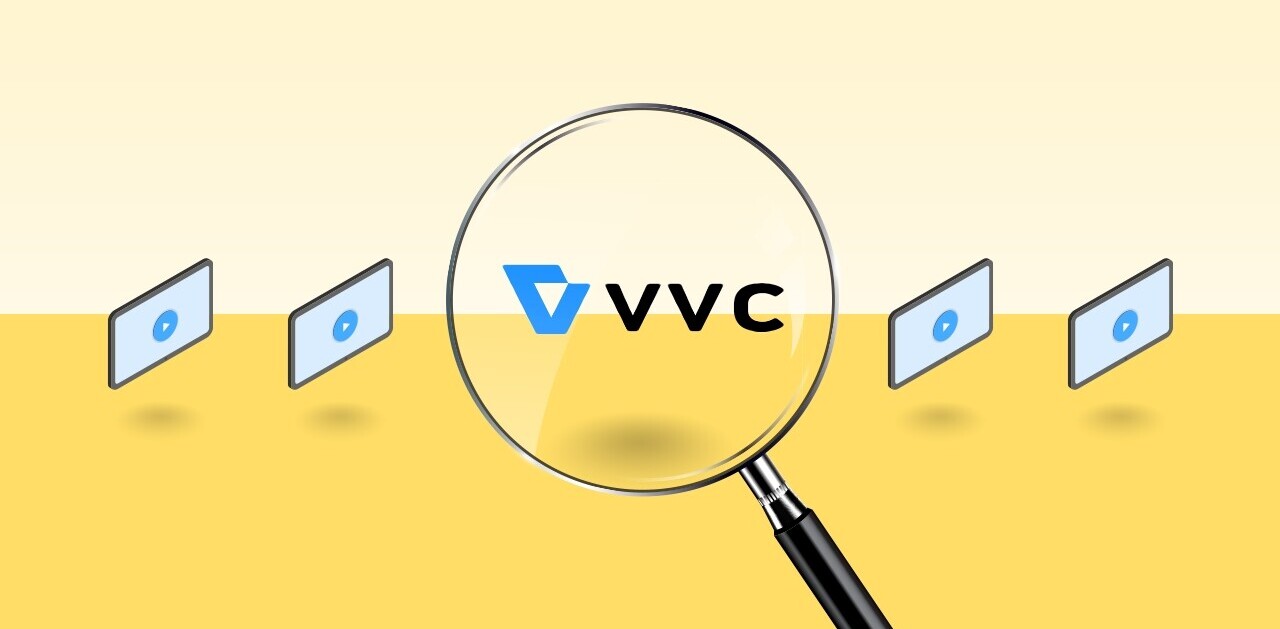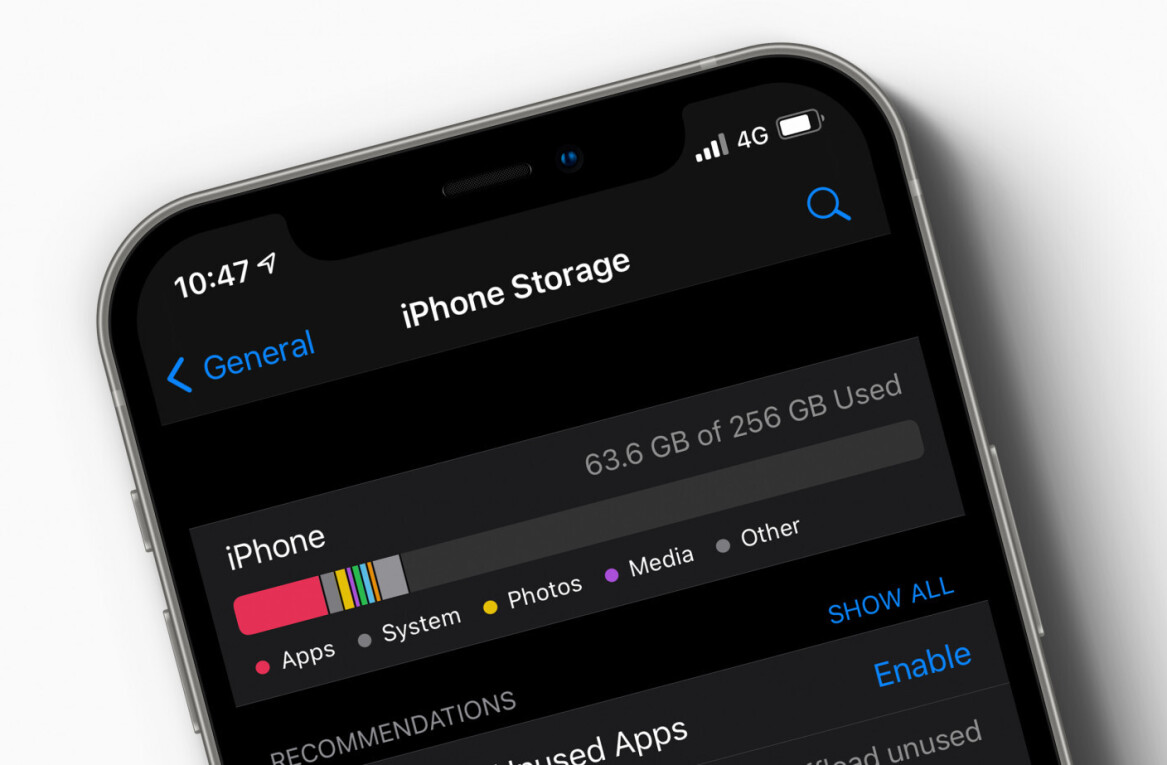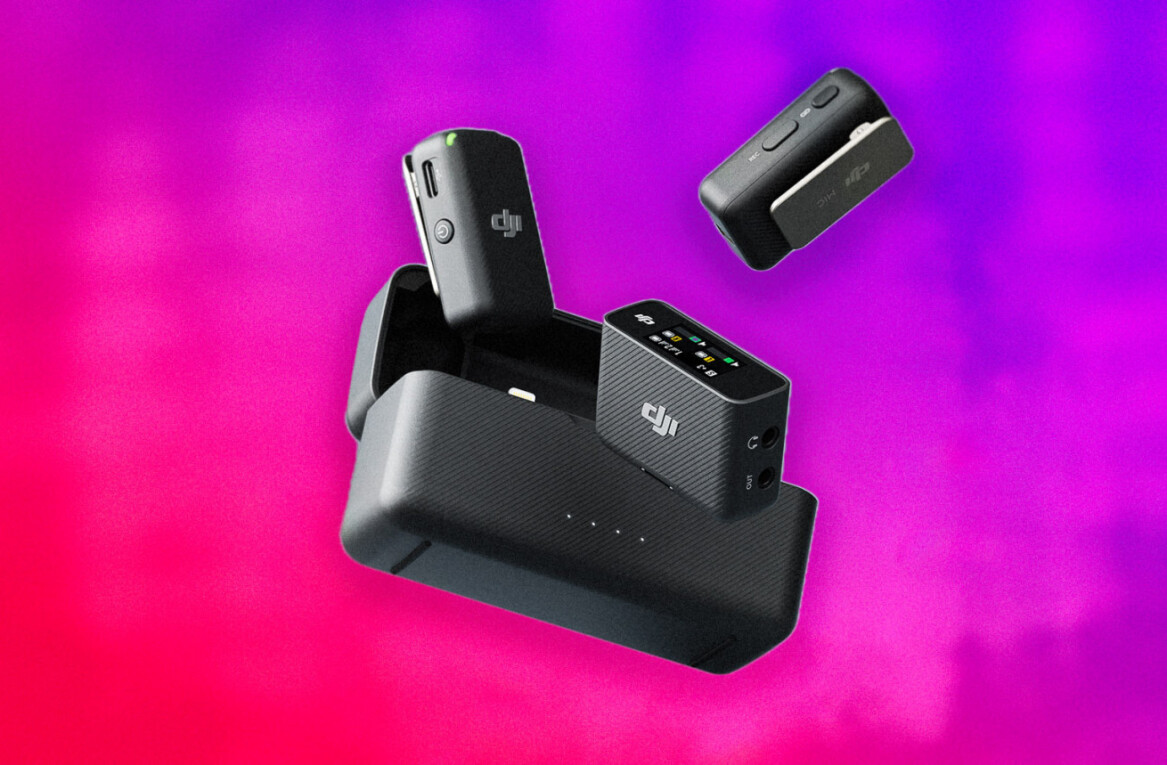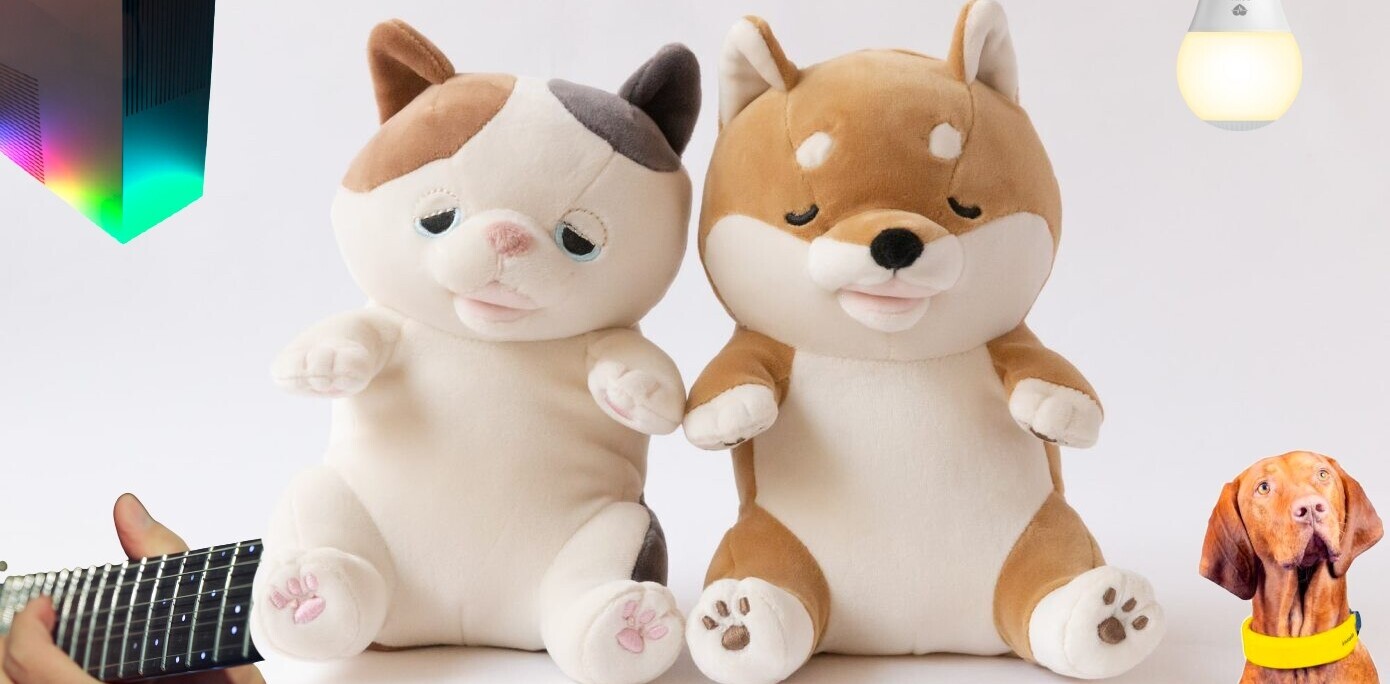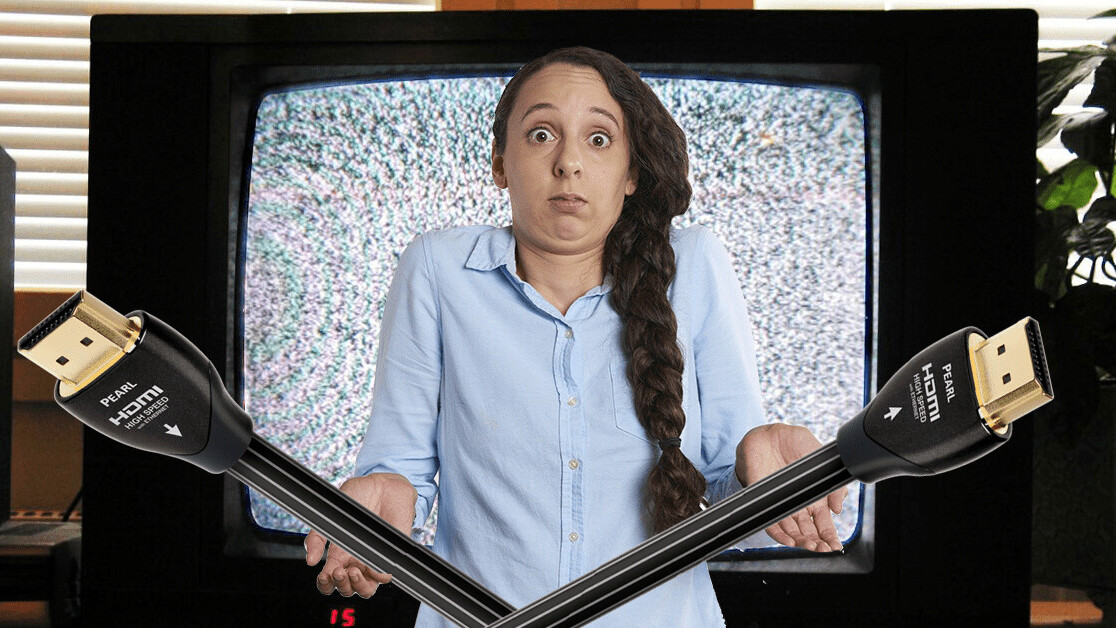
Welcome to TNW Basics, a collection of tips, guides, and advice on how to easily get the most out of your gadgets, apps, and other stuff.
Running out of HDMI ports on your TV sucks. Are you meant to actually stand up and switch cables from one gadget to another like a goddamn animal? The thought of it makes me choke with rage.
Unfortunately, not having enough HDMI ports isn’t a big enough reason to change your TV (I wish). So, what can you do? Shout at the clouds? Burn down your town and salt the earth? Attack and dethrone god?
Really, none of those are needed. Just get yourself a HDMI switch.
As the name suggests, this is a clever little gadget that helps you switch between HDMI ports. Yes, I know, I know.
Okay… so how will it help me when I run out of HDMI ports?
Well, how a HDMI switch works is simple. You have one output (which goes to your TV) and a selection of inputs that you plug your games consoles, disc-players, or whatever else into.
To illustrate this, here’s the incredibly poor diagram that shows how my personal HDMI switch works:

Pretty simple, right?
One thing to look out for though is to ensure that you get a HDMI switch. There’s another bit of kit called a HDMI splitter, which takes one signal and outputs it to multiple devices. For example, if you wanted your computer to appear on 3 separate screens.
You don’t want one of those… unless you do, I guess.
What to look for with a HDMI switch
Okay, so your HDMI ports are all full and you need a switch — which one should you buy? Well, I’ve not found a specific brand that towers above the rest, just a lot from companies I’ve never heard of.
I have the Marmitek Connect 310 (pictured in that image above), but there are a whole range of solid HDMI switches out there.
So, what we’re going to do instead, is give you some things to look out for when buying one. We good? Then let’s get into it.
4K support
Most HDMI switches will have “4K/3D SUPPORT” in the title and what this really means is that they use HDMI 2.0.
I’d expect the majority of switches these days to use this standard, but be careful and check — especially if you’re going for a budget model.
A remote
Basically, if you’re fine standing up and going over to your TV every time you need to change your Nintendo Switch to your PS4, then you don’t need to worry about a remote. But we’re better than that. Surely. We are, aren’t we? Better than that?
HDMI switches with a remote don’t cost much more, and the added convenience they bring is invaluable.
Oh, and one more thing, if you can find one that has an extended IR receiver, that’s a bonus. It’s handy to be able to tuck the HDMI switch away, and just have an IR receiver poking out instead.
Auto-switching
Not a deal breaker, but if the switch can flick between HDMI ports when devices are turned on, it makes life a bit easier.
Powering options
Basically, check if the HDMI switch can be powered by USB. While plugs are useful for some people, I have an Anker USB charging hub right near my switch, and having the ability to power it by USB is a blessing.
Get more HDMI ports than you need
Listen, you never know when a new gadget or console is going to come into your life. The best thing you can do is to get a switch with at least one more HDMI port than you need, so it’s at least a bit future-proofed.
Anyway, there you have it — a checklist of all the things to look out for when you’re buying a HDMI switch. If you’d like to have a look at what’s out there on Amazon, you can click right here. Most of these should be hovering around the $30 mark, but, of course, expect some deviation.
This post includes affiliate links to products that you can buy online. If you purchase them through our links, we get a small cut of the revenue.
Get the TNW newsletter
Get the most important tech news in your inbox each week.

